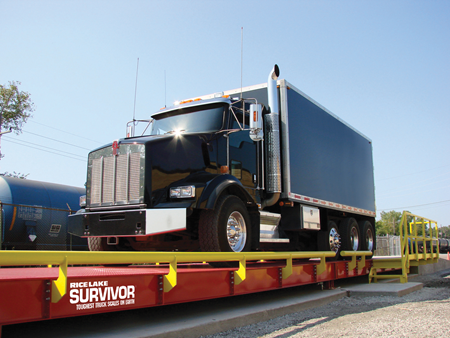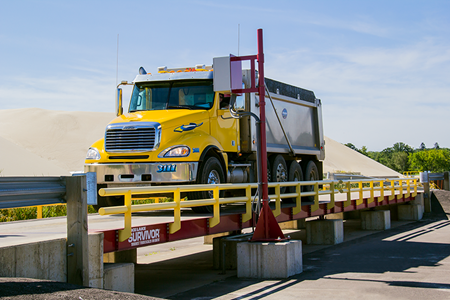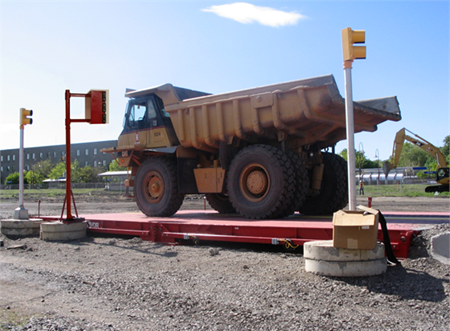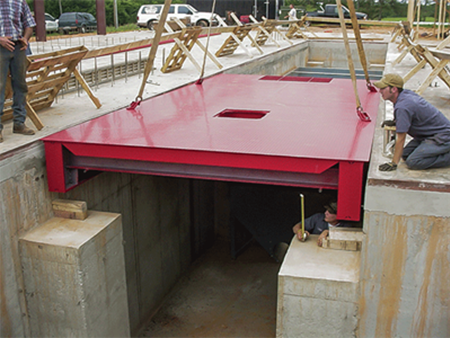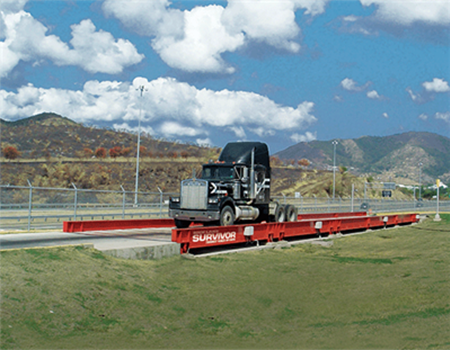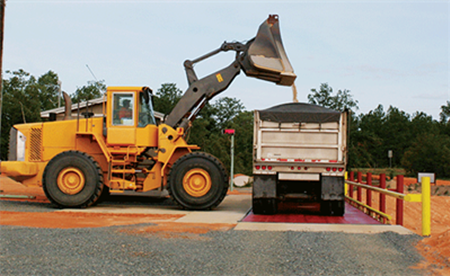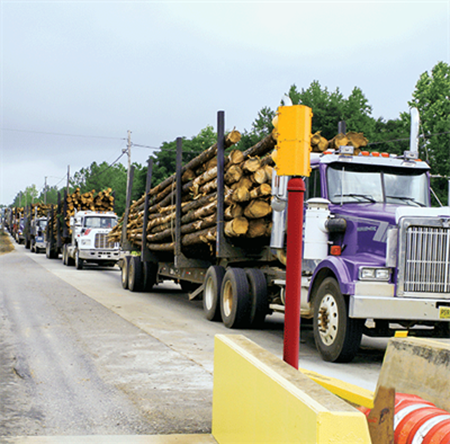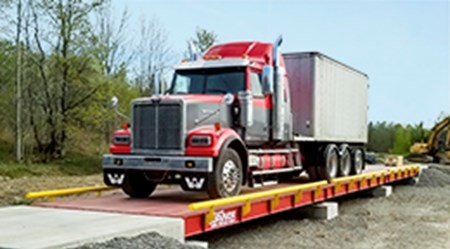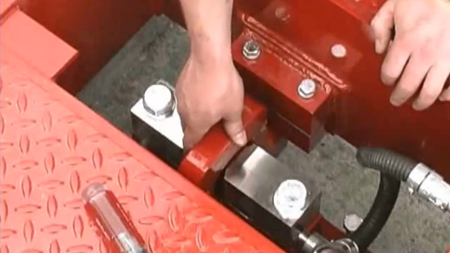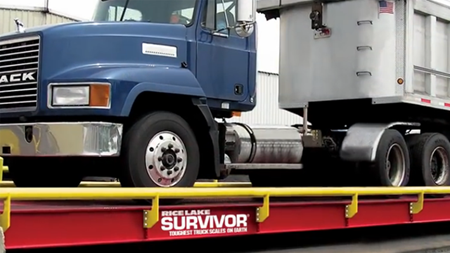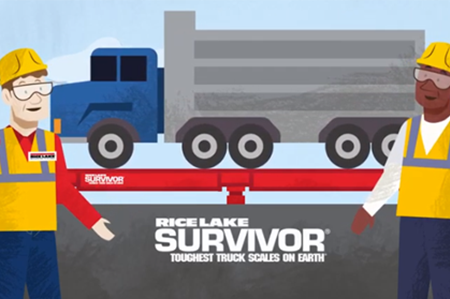Is the website displaying in the correct language? Please confirm or select a different language.
Your region has been set automatically. Please confirm or select a different region.
Truck Scale Basics
What makes a truck scale, a truck scale?
You’ve decided to purchase a truck scale to determine accurate and reliable vehicle weights for your business. Understanding fundamental truck scale basics will help you know which questions to ask your truck scale distributor to ensure you purchase the truck scale model that fits your needs with options and accessories that can enhance your application.
Vehicle Weighing Key Terms
Whether monitoring a vehicle’s weight for safety guidelines or to complete business transactions, you should know what the information determined by a truck scale means to your business.
Key terms for weight-based sales, shipping and purchasing:
- Gross Weight: The total weight of the vehicle and loaded product.
- Tare Weight: The weight of only the vehicle.
- Net Weight: The weight of only the loaded product.
Key terms for on-road compliance:
- Maximum Allowed Weight: The maximum gross weight of a vehicle and the weight carried by each vehicle axle within the legal limit range for on-road vehicles within a particular geographical region.
What makes a truck scale, a truck scale?
Foundation
Most new scales are installed with concrete aboveground or pit foundations. Depending on state or regional requirements, scales can also be installed in a shallow pit instead of the deep pit required by older mechanical scales. A pit installation requires less space than an aboveground scale since longer approaches are generally required for aboveground configurations. However, pit-styles require sump pumps and drains and are generally more vulnerable to corrosion due to potential standing water.
Weighbridge
The truck scale’s body and driving surface are called the weighbridge. Weighbridges are composed of steel or concrete decks and are typically manufactured in modular designs that are connected during installation.
Indicator
The weight indicator, also called a controller or terminal, can display basic weight functions and serve as the command center for a weighing system with truck in/out programs to control the entire truck scale system, including any remote displays and printers.
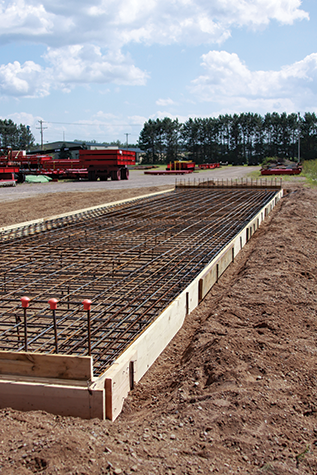
Load Cells
High-quality load cells are vital to truck scale performance. There are various types of load cells, but they all have the same function—to accurately measure weight on the scale. All load cells take an analog measurement and that signal is converted to a digital output either at the load cell, junction box or in the scale indicator. Load cells are typically constructed of steel and are integrated within the weighbridge, usually at the corners of each module.
Junction Boxes
A junction box properly manages multiple load cells and weighing systems. By matching the signal of each load cell and summing them into a signal sent to the indicator, junction boxes equalize the system for accurate and reliable weight readouts.
Accessories
Handwriting a ticket for each weighment is time-consuming and leaves room for human error. Ticketing kiosks, scale data management software and printers eliminate both problems. Remote displays, gates, intercoms and other accessories increase truck scale efficiency and safety.
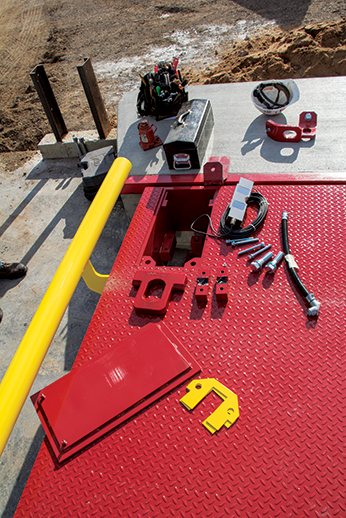
Rice Lake Truck Scale Solutions
Rice Lake Weighing Systems offers a variety of truck scale configurations with steel or concrete decks that can be installed aboveground or in pits. Rice Lake vehicle accessories include ticketing kiosks, remote displays, traffic lights, truck scale data management software and more to create the best truck scale system for your business. A nationwide network of distributors and technicians ensures support is available on-site for your Rice Lake truck scale.



 My Account
My Account
